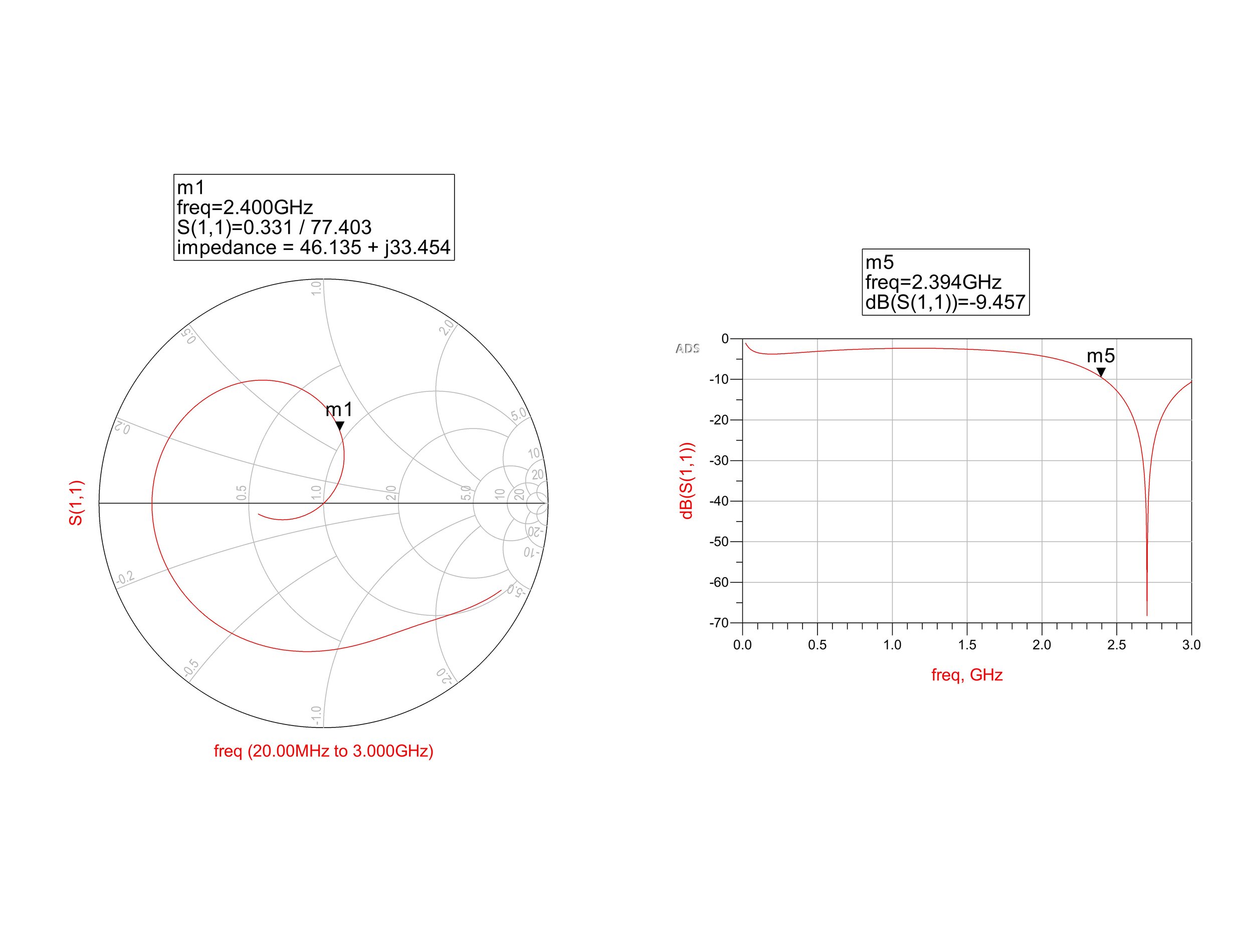Hi Everyone..
I revere to application note AN068 to make simulation for RF Path of CC2500 ( please find the attached pictures for simulation result)..
From the datasheet
The passive matching/filtering network connected to CC2500 should have the following differential impedance as seen from the RFport (RF_P and RF_N) towards the antenna:
Zout = 80 + j74 Ω
and I use gerber viewer to capy the width and length of TL (( without pads overlapping )) from reference design.
My Question:
1- why the output impedance is not 50 ohm??
2- what is the effect of length in impedance value?
3- if I want to change H how to calculate the width of TL specially: Differential lines ??




